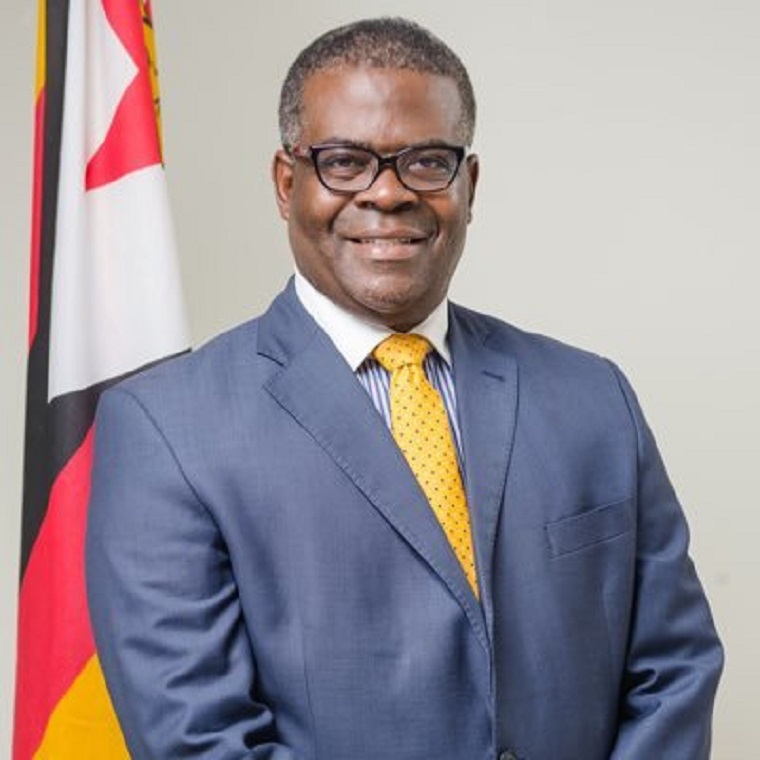Current state of Renewable energy projects
Several renewable energy projects are underway as detailed briefly below:
(a ) Mini-hydro power projects in Eastern Highlands are contributing more than 30 MW to the national grid. ZESA has already engaged a contractor to develop the 30MW Gairezi mini-hydropower plant and ZERA has licenced a reputable IPP to develop the 15MW Tugwi-Mukorsi mini-hydro power station. Detailed feasibility studies and technical designs are underway.
(b) The rural Electrification Fund has distributed solar mini-grids to schools, police posts, business centres and rural clinics.
(c ) The Rural Electrification Fund is promoting Biogas Digesters for institutions and households. To date, more than 60 institutional (large scale) digesters and numerous domestic digesters have been built. In addition, more than 80 builders have been trained to construct biogas digesters.
(d) The Ministry is also promoting the adopting of solar water heaters. Since January 2019 to date, records show that more than 3 000 solar geysers have been installed. The Ministry aims to promote the installation of more than 250 000 solar geysers by 2030.
(e) The Ministry is also promoting solar street lights. This is evident in Harare, Chinhoyi, Beitbridge and other local authorities. To date, more than 1 200 solar lights have been installed countrywide.
(f) Working closely with the Internatinal Renewable Energy Agency IRENA), the Ministry has developed a Solar Atlas for Zimbabwe and has also identified sites that are suitable for developing wind power plants. Going forward, the Ministry intends to go to tender for wind power plants at these sites.
(g) The Ministry is also keen to accelerate the development of 3 x 100MW solar projects at Gwanda, Munyati and Insukamini.
Licensing of Renewable Energy Projects
The law allows private players or IPPs to generate additional power to the grid. These projects have faced a number of challenges such as: inability to reach financial closure, currency risks and profit repatriation issues, requirements for risk mitigation through Sovereign Guarantees and limited capacity of the local financial sector to finance the projects.
Going forward, the Ministry will continue to engage Treasury on financial risks and guarantee issues, migrate from Unsolicited Energy Auction in order to attract cost effective projects and also streamline and improve licensing procedures among others.
Continued next page
(632 VIEWS)


